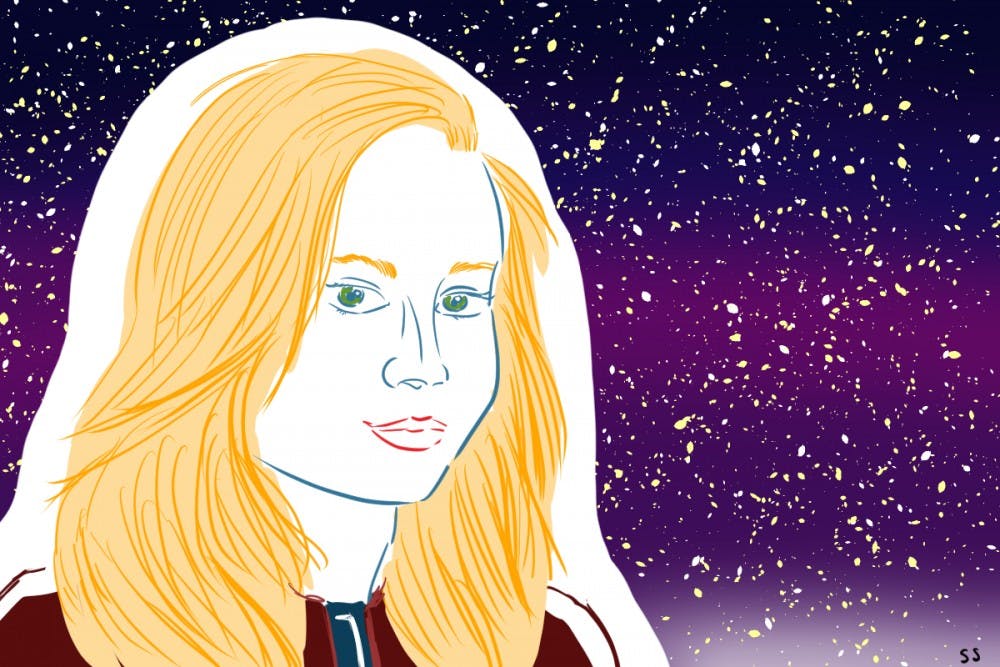It comes as no surprise that the era of female superheroes is upon us. As Marvel has gained mainstream and critical attention with the massive productions of Avengers: Infinity War and Endgame, it's become clear that this specific genre of superhero movie cannot escape from popular media trends. This year’s Captain Marvel, starring Academy–Award winning Brie Larson, confirmed Marvel’s desire to follow the popular trope of the girlboss: a woman who breaks glass ceilings and stands up for herself.
This is not to say that Captain Marvel is bad—it made a billion dollars at the box office, and seems to have brought about a new role model for young girls who are superhero fans—but it does certainly indicate that Marvel knows its audiences, which includes a good number of young women. Now, after coming off the high of Endgame and a series of box office records, castmembers have proposed the idea of an all–female superhero Marvel movie.
Benedict Cumberbatch, who has been playing Doctor Strange in the MCU since 2016, affirmed that he supported the idea of an all–female Marvel movie. Elizabeth Olsen, who portrayed Scarlet Witch, has said that "I feel like all the men in Marvel movies have done such a brilliant job with satisfying a lot of things our audiences want, and they're funny and they're talented, and so are all the women. And to give them more screen time, I think, would be a huge impact because comics aren't just for boys who want to watch big boys." This comes on the heels of one of the most discussed scenes in Endgame—the girls’ scene. Captain Marvel stands before a beaten–up Peter Parker (Tom Holland) as all the other women of Marvel appear behind her, making their entrances to save the day.
Yet is this all such a good idea? Even the aforementioned scene received pushback from some people, who called it gratuitous and illogical. While some of these critical comments lack substance, there is certainly something to be said about this fanservice. Why are all of these women, specifically, showing up? Is there a reason that it’s just girls here for this battle, other than Marvel trying to secure its #girlpower shot? Do these women actually share anything in common, interact with each other, or have a connection outside of how badass they appear while preparing for a fight?
Essentially, there is no canon reason for these women to be grouped together. We get an extended, dramatic shot of them all rolling up together because Marvel, and mainstream Hollywood as a whole, eats up the idea of girl power, of women teaming up, and of a group of women fighting some baddies. However, this supposed pinnacle of feminism is shallow and useless; we don’t want women just standing near each other, we want them to actually have meaningful friendships.
Even still, Marvel has gained positive press for throwing together a bunch of women for a single scene. It should come as no surprise that the idea of an all–female Marvel movie makes headlines every time any actor confirms that they think it’s a cool concept: Marvel gets woke points for not even doing anything, just merely suggesting that there could be an all–female movie.
We must request more than women just coexisting: we don’t need them to have their own separate film, but rather to be fleshed out and well–written in the films that they were introduced in. The key to a truly feminist piece of media is not the quantity of women, but the quality of them.
Certainly, women need to be more represented in Marvel movies. Out of all 20 Marvel movies, only one and a half of them are about women, and even 2018’s Ant–Man and the Wasp has the titular female character as a tacked–on addition to the title. However, the way to solve these problems is not to simply throw together the women of the MCU in a standalone movie that, likely, wouldn’t gain much traction because male audiences would write it off as pandering. Marvel must not just present more women, but write them better.







